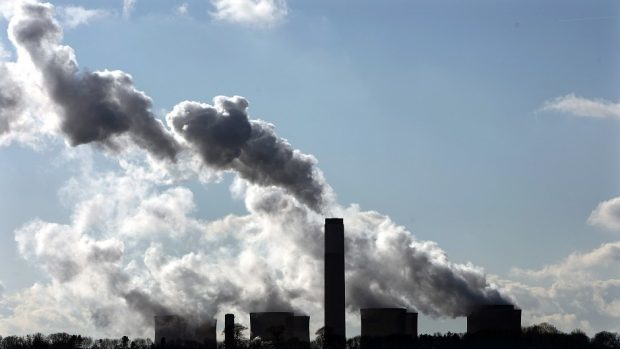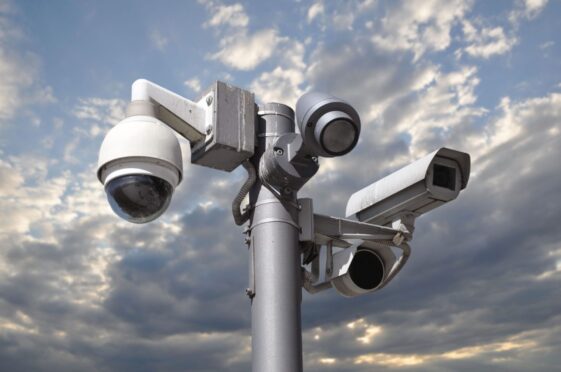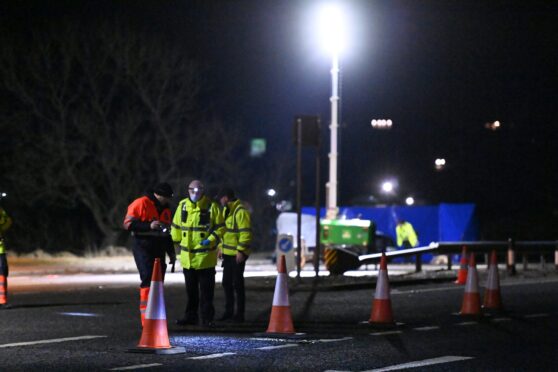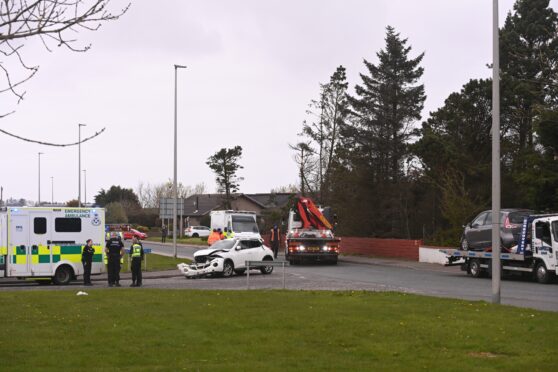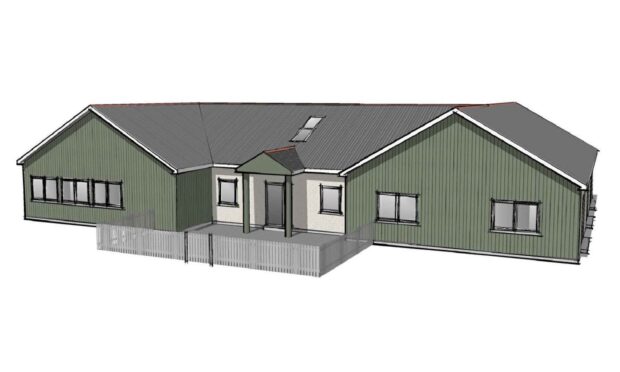New data compiled by the World Health Organisation (WHO) on urban air pollution has revealed Inverness to be the UK’s cleanest city, with Aberdeen placed joint second.
Of the 52 towns and cities included in the UN database, Inverness came top of the WHO list, followed by Bournemouth and Aberdeen ahead of Newcastle and Sunderland. Port Talbot in South Wales, a former steel industry hub, was at the bottom of the list.
Data was compiled from more than 3,000 cities worldwide to measure levels of pollutants known as PM10 and PM2.5, which contain sulfates, nitrates and black carbon which can penetrate deep into the lungs.
It shows that outdoor air pollution has grown globally by 8% in the past five years.
But encouragingly, there is evidence that many cities in high income countries are addressing air pollution. More than half of the monitored cities in high-income countries and more than one-third in low and middle-income countries reduced their air pollution levels by more than 5% in five years.
Reducing industrial smokestack emissions, increasing use of renewable power sources, like solar and wind, and prioritizing rapid transit, walking and cycling networks in cities are among the suite of available and affordable strategies.
WHO’s Dr Carlos Dora said: “It is crucial for city and national governments to make urban air quality a health and development priority.
“When air quality improves, health costs from air pollution-related diseases shrink, worker productivity expands and life expectancy grows. Reducing air pollution also brings an added climate bonus, which can become a part of countries’ commitments to the climate treaty.”
The evidence suggests that the cleanest cities in the world are generally small, wealthy and situated far form industrial centres.
Muonio in Finland, a town above the Arctic circle, has the world’s purest recorded urban air, recording just 2 micrograms per cubic metre of PM2.5 pollution and 4 micrograms per cubic metre of PM10s.
Fast-growing cities in the Middle East, south-east Asia and the western Pacific are the most impacted with many showing pollution levels at five to 10 times above WHO recommended levels.
As urban air quality declines, the risk of stroke, heart disease, lung cancer, and chronic and acute respiratory diseases, including asthma, increases for the people who live in them.
